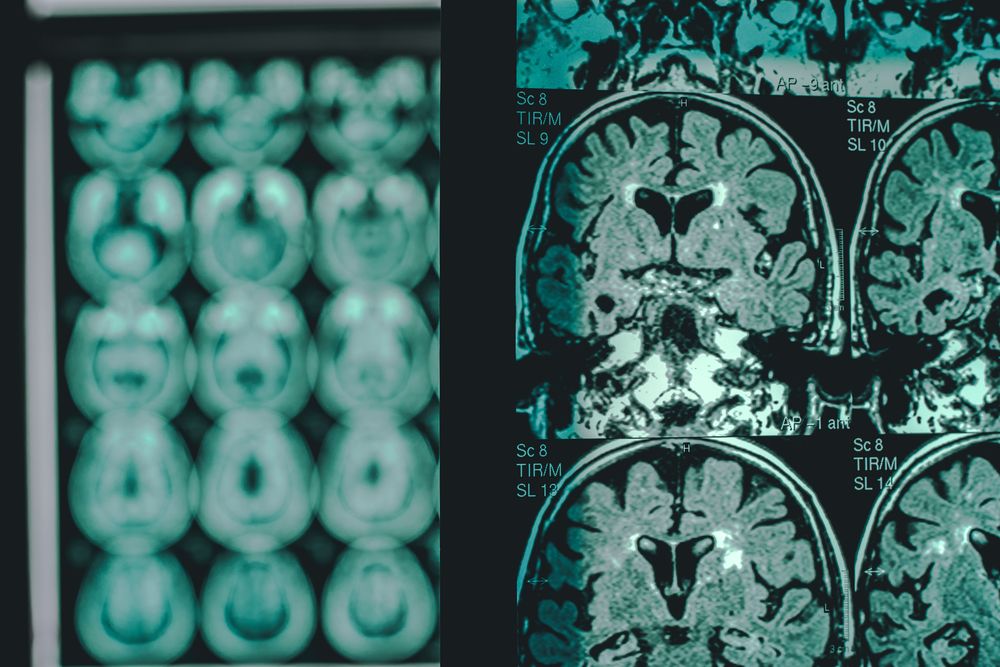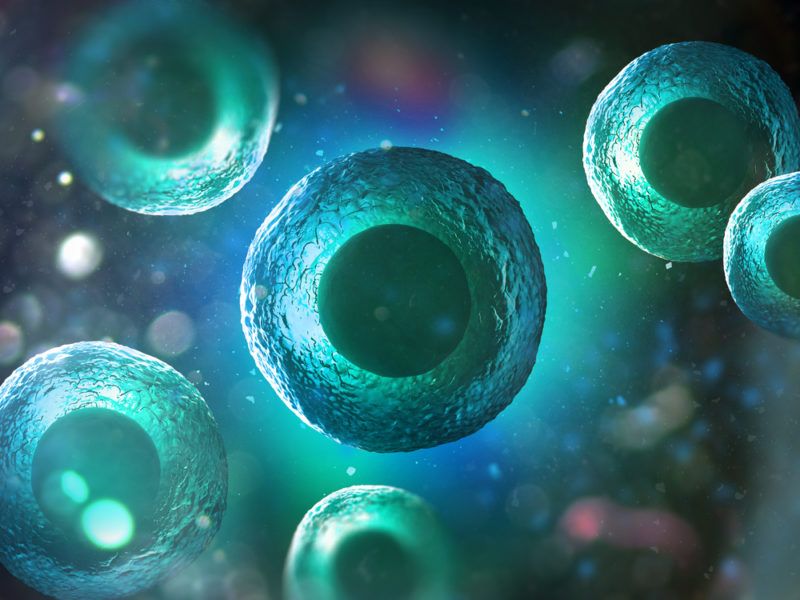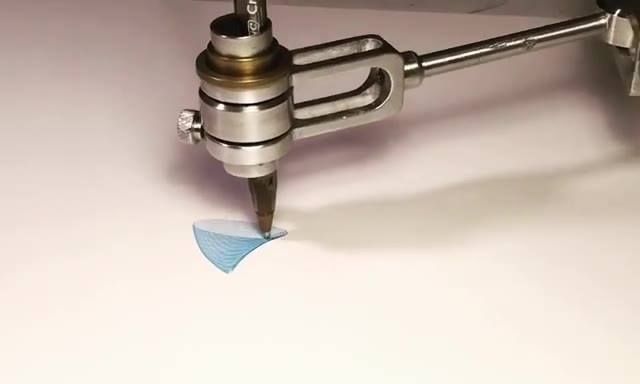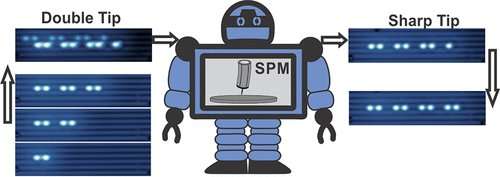May 24, 2018
NASA is bringing cryosleep chambers out of fiction and into science
Posted by Klaus Baldauf in categories: biotech/medical, space travel
You probably thought it was infinitely cool when Ripley and the crew of the Nostromo first emerged from their cryosleep chambers in Alien, but now that slice of sci-fi could become a reality in our lifetime.
NASA and SpaceWorks Enterprises are currently developing a stasis chamber (as opposed to individual pods like those in the movie) that could induce an extended state of torpor, or metabolic inactivity medically brought on by lowering body temperature to the point of mild hypothermia, that could allow astronauts to snooze for at least two weeks on end during longer missions. Also unlike Alien, in which everyone is temporarily in freeze-frame until the ship arrives at its destination, the crew would rotate cryosleep shifts so there is always someone conscious in case something goes awry where no one can here you scream.
SpaceWorks’ objective is to “place crew and passengers in a prolonged hypothermic state during space-mission transit phases (outbound and Earth-return) to significantly reduce the system mass, power, habitable volume, and medical challenges associated with long-duration space exploration,” as explained on their website.
Continue reading “NASA is bringing cryosleep chambers out of fiction and into science” »

















